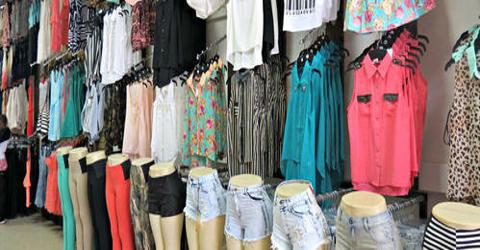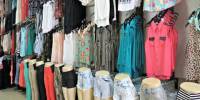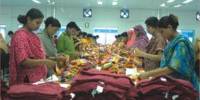The vital objective of this report is to analysis Merchandising Business in Ready Made Garments on Shelltex International. General objectives of this reports are to develop the concept about the various aspects of the organizational structure, success and marketing process of the garments industry and analyze the various concept of marketing, standardized export policies and rules. Here also focus on various types of approaches to make profit, decision making in stable and unstable situation. Finally describe how to improve the quality of products and the production process which will enrich my experience for my future career.
Merchandising Business in Ready Made Garments on Shelltex International
















